Confused about foam manufacturing methods? Choosing the wrong process can cost you time and money, delivering a product that doesn't meet your needs. Let's clarify these two key techniques.
Foam injection molding creates complex, often three-dimensional foam parts by injecting melted foamable plastic (like EVA, PU, or EPP) into a precise, closed mold. Thermoforming shapes pre-made foam sheets (like PE, EVA, or PU) using heat and pressure over simpler molds.
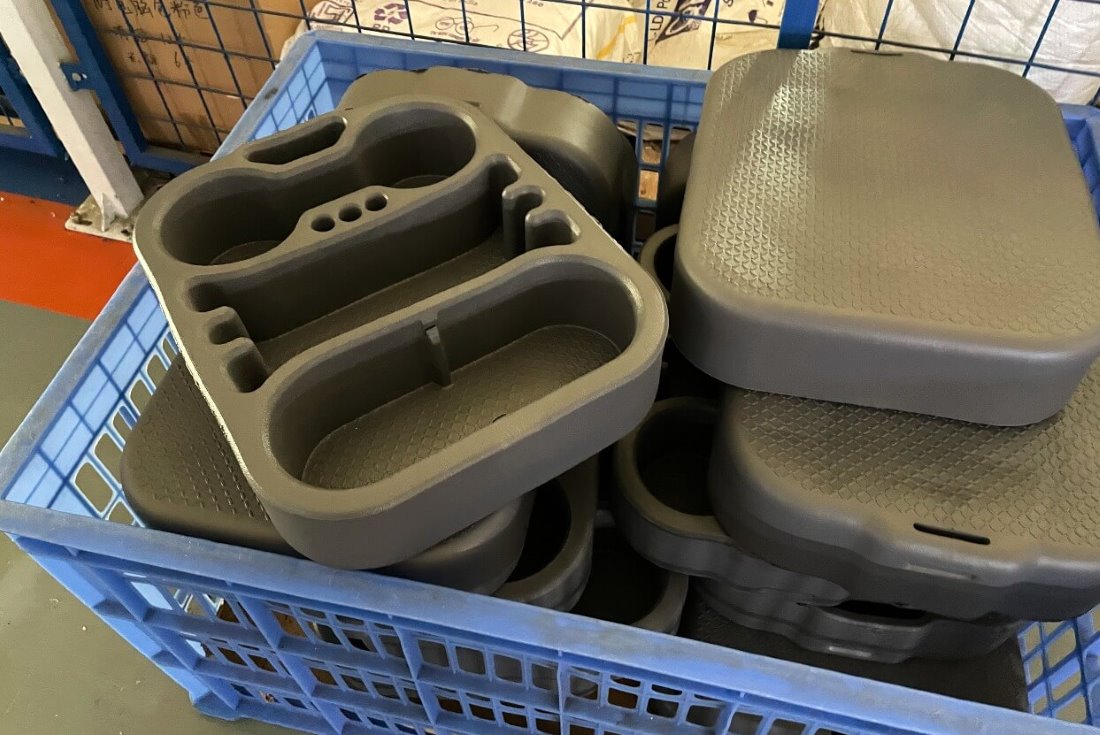
Knowing the basic difference is a start, but the best choice for your project depends on many factors. We need to look at the part's shape, the material you need, how many you plan to make, and your budget. Let's dive deeper into each process and compare them directly to help you decide.
What is foam injection molding?
What exactly is foam injection molding? Misunderstanding it leads to wrong material choices or unmet design goals. Let's define it clearly for you.
Foam injection molding is a manufacturing process where melted foamable plastic pellets (like EVA, PU, or EPP) are injected under high pressure into a specially designed, closed mold cavity, creating a foamed part.
Think of it like standard plastic injection molding, but with a twist – we're intentionally creating a cellular structure within the part. At FoamTech, we see this used for parts needing intricate details or varying thicknesses. You start with solid pellets of a foamable polymer. Common materials we work with for this include EVA1 (Ethylene Vinyl Acetate), PU (Polyurethane), and especially EPP (Expanded Polypropylene), which is exclusively processed this way. These pellets are melted down into a liquid state.
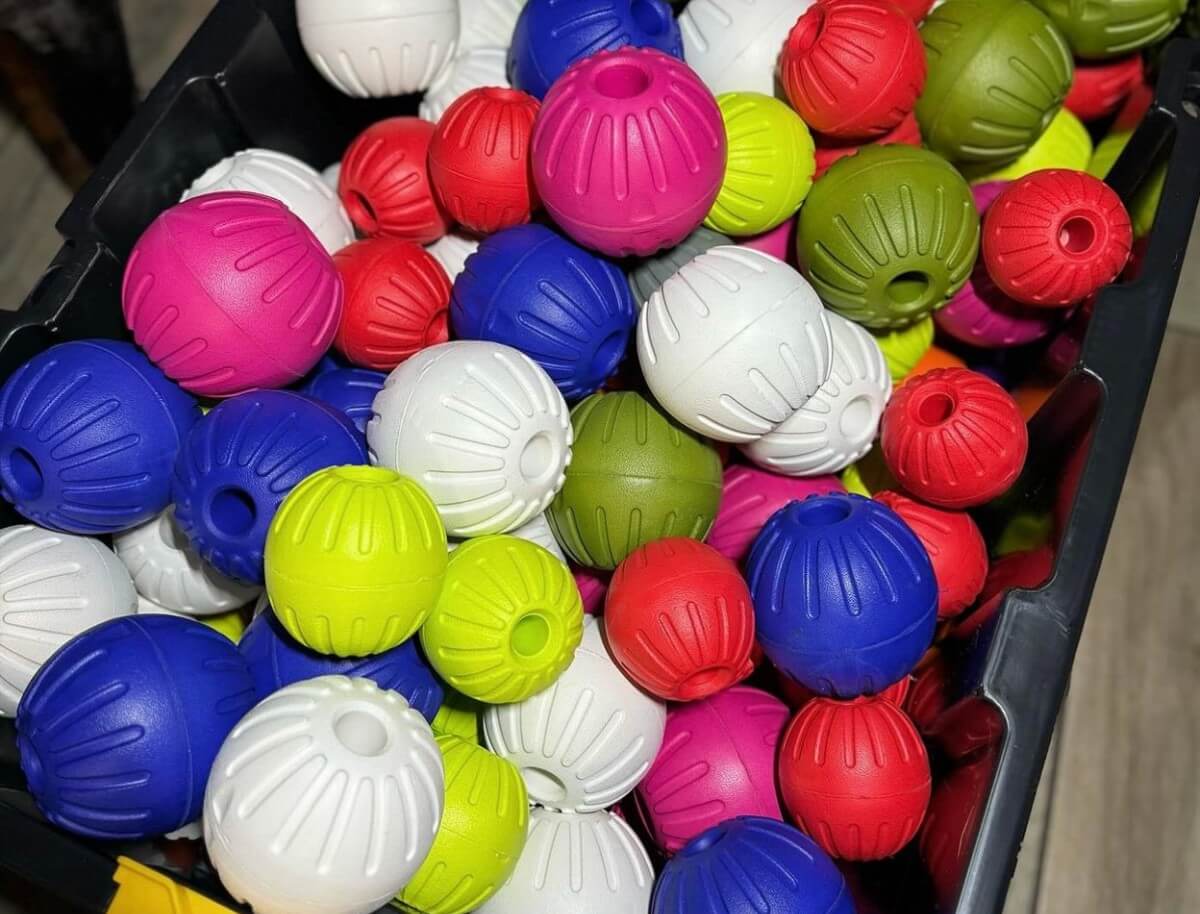
A key step is adding or activating a blowing agent2 – this is what will create the gas bubbles and thus the foam structure. This hot, foamable melt is then injected forcefully into a precisely machined metal mold. The pressure ensures the mold fills completely, capturing every detail.
As the material cools and solidifies within the closed mold, the blowing agent creates the foam structure throughout the part. This technique is excellent for producing items with complex geometries3, integrated features, or parts that need to be dimensionally very accurate, like components for advanced PPE designs or specialized industrial parts.
What is the foam injection molding process?
How does foam injection molding actually work step-by-step? Knowing the stages helps understand tooling needs and production timelines better. Let's outline the sequence.
The process involves melting foamable pellets, injecting the melt combined with a blowing agent into a closed mold under high pressure, allowing it to expand and fill the cavity, cooling, and finally ejecting the finished foamed part.
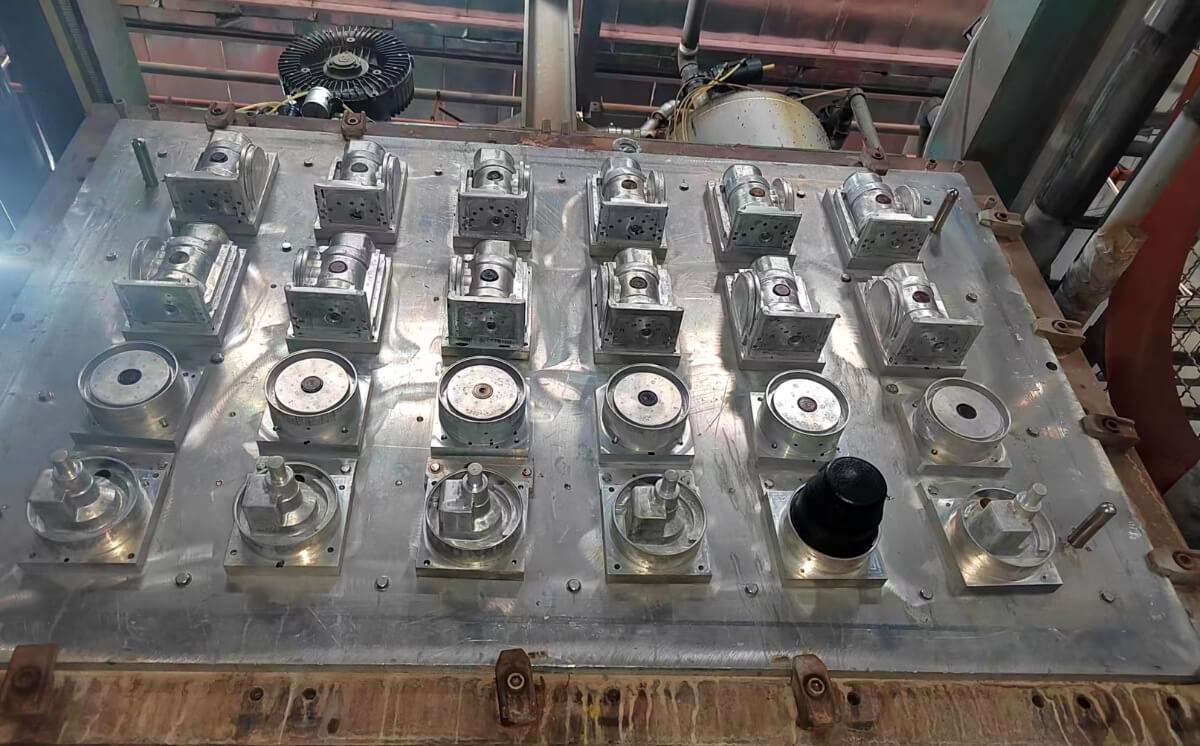
Let me walk you through the typical cycle we manage for foam injection molding projects:
-
Mold Clamping: First, the two halves of the precision mold tooling4 are securely closed under high pressure by the injection molding machine. This ensures the mold stays shut against the force of the injected material.
-
Injection: The pre-melted plastic pellets, mixed or dosed with a blowing agent, are rapidly injected into the closed mold cavity under high pressure. The amount of material (the "shot size") is carefully controlled.
-
Expansion & Packing: As the material enters the mold, the blowing agent activates (often due to temperature and pressure changes), creating gas bubbles that expand the plastic melt, forcing it to fill the entire cavity. Sometimes additional pressure ("packing pressure") is applied briefly to ensure density and detail.
-
Cooling: The mold has internal cooling channels. Water or oil circulates through these to quickly cool the plastic down below its solidification temperature. This freezes the foam structure in place. Cooling time is often the longest part of the cycle.
-
Mold Opening & Ejection: Once the part is solid enough, the mold opens. Ejector pins or plates push the finished foam part out of the mold cavity.
The cycle then repeats. Based on my experience, foam injection molding often requires more expensive and precise mold toolings due to the high pressures and complexity involved. However, it allows for incredibly detailed and complex shapes that would be impossible with other foam processes. Materials like EVA, PU, and particularly EPP are common choices for this method.
What is thermoform foam?
Heard of thermoforming but unsure what it means for foam? This confusion can lead to missing out on its benefits for certain projects. Let's clarify this technique.
Thermoform foam, or foam thermoforming, is a process where a pre-existing sheet or roll of foam material (like PE, EVA, or PU) is heated until pliable and then shaped using a mold, pressure, and/or vacuum.
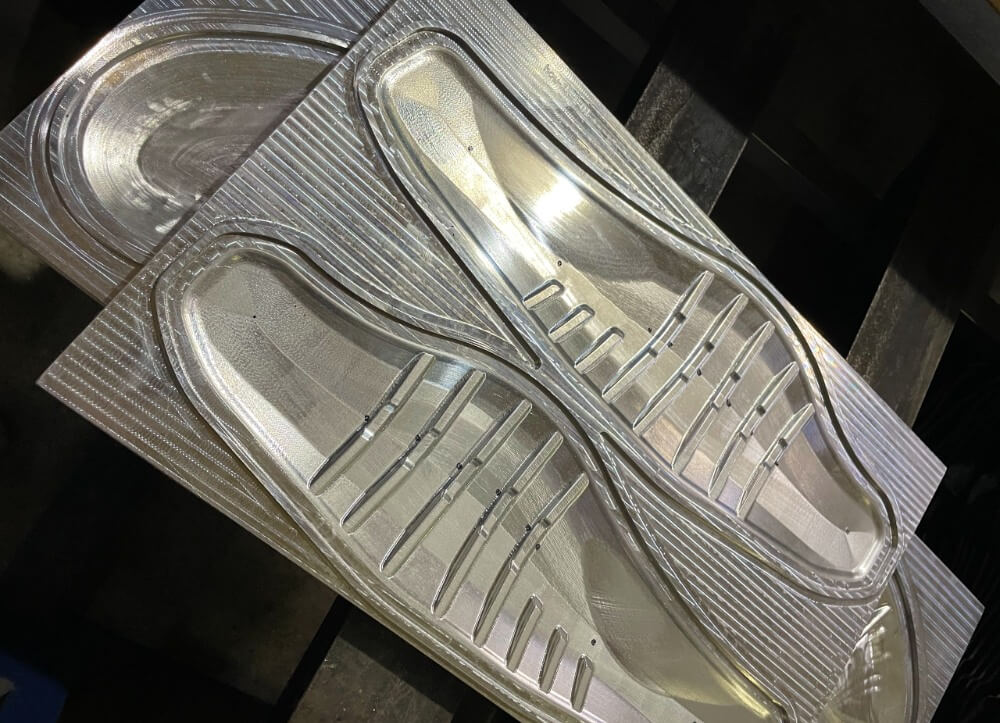
Unlike injection molding that starts with raw pellets, thermoforming begins with foam that's already been produced, usually in flat sheets or continuous rolls. We commonly use cross-linked Polyethylene (PE) foam, EVA foam, and sometimes Polyurethane (PU) foam sheets for this at FoamTech.
The core idea is simple: heat the foam sheet to make it soft and flexible, then quickly press it onto or into a mold so it takes the mold's shape. Pressure or vacuum is often used to help the foam conform tightly to the mold contours. Once it cools, it holds the new shape. Thermoforming is generally better suited for creating parts that are more like shells, liners, or panels – things that have a relatively large surface area compared to their thickness. Think about the contoured foam inserts inside a protective case, padding for sports equipment, or acoustic liners5 in machinery.
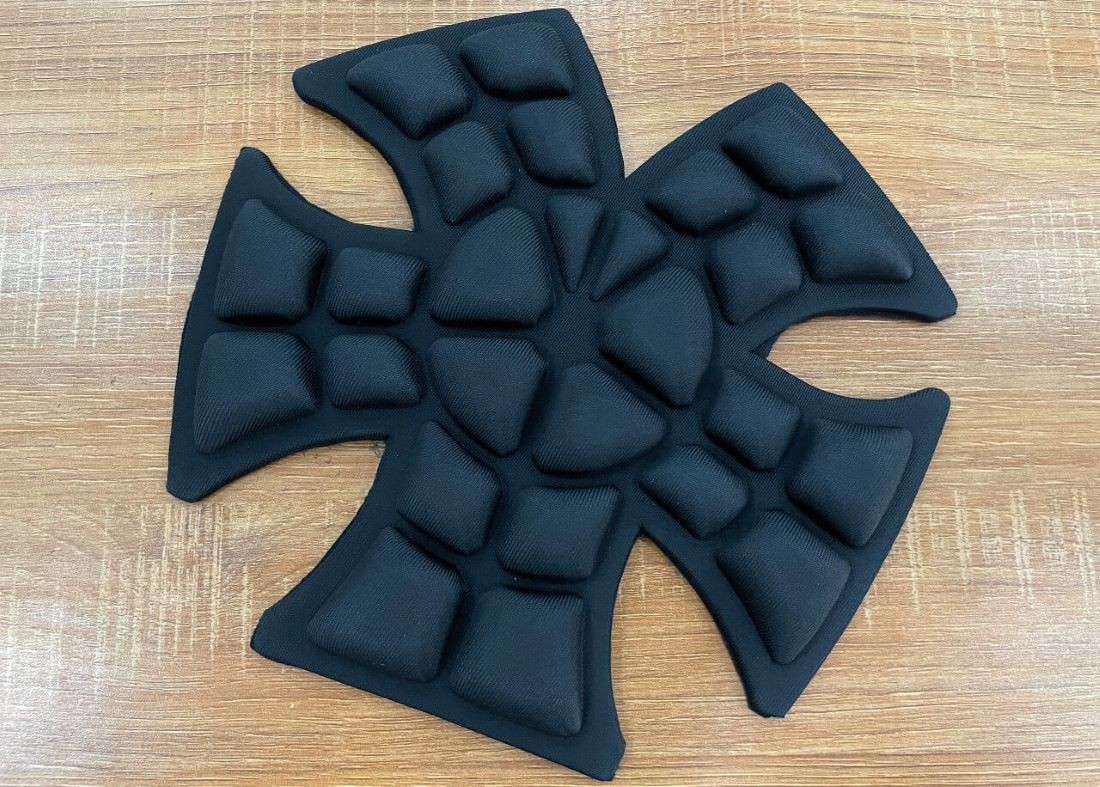
It's often a more cost-effective process for simpler shapes or when you want to retain the surface texture of the original foam sheet, perhaps even laminating fabric onto it during the process. Tooling is typically less complex and cheaper than injection molding molds.
What is the process of thermoforming foam?
How is foam actually thermoformed? Understanding the steps reveals its suitability for different materials and designs. Let's break down the typical sequence.
The process generally involves heating a foam sheet until it becomes soft and pliable, draping or pressing it onto a mold, using vacuum or pressure to conform it precisely, holding it until cool, and then trimming the finished part.
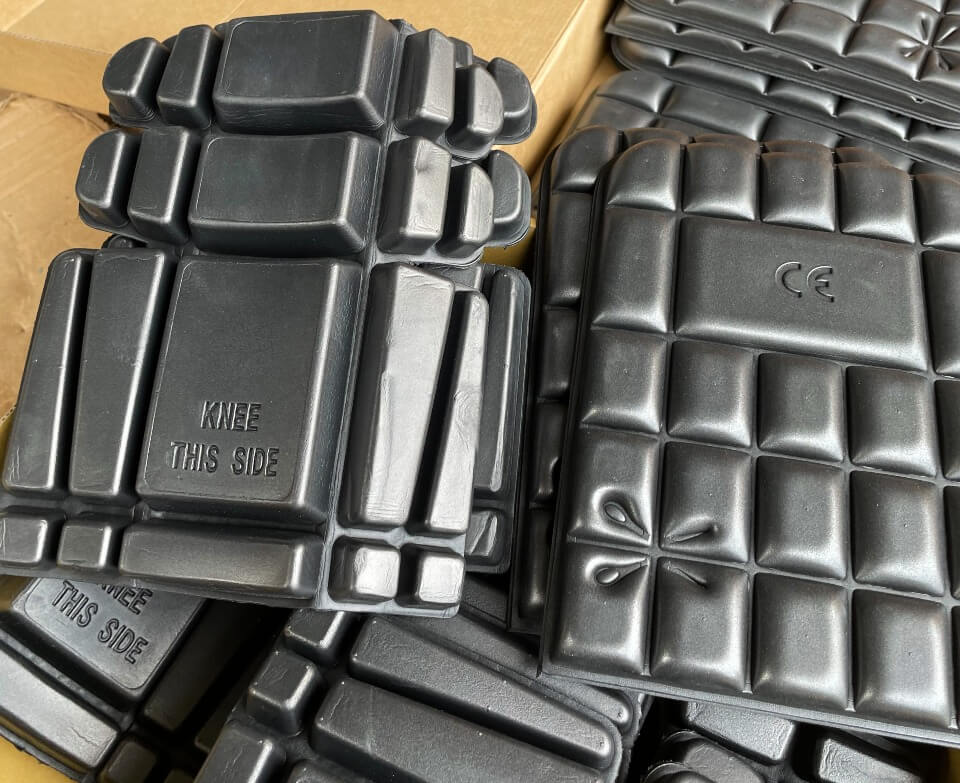
Here’s a more detailed look at how we typically handle foam thermoforming projects:
- Loading & Heating: A pre-cut sheet or section from a roll of foam (PE, EVA, or PU are common choices) is clamped into a frame. This frame moves the sheet into a heating station, usually equipped with infrared heaters above and sometimes below. The foam is heated evenly until it reaches its specific forming temperature, becoming soft and almost rubbery. Precise temperature control is crucial.
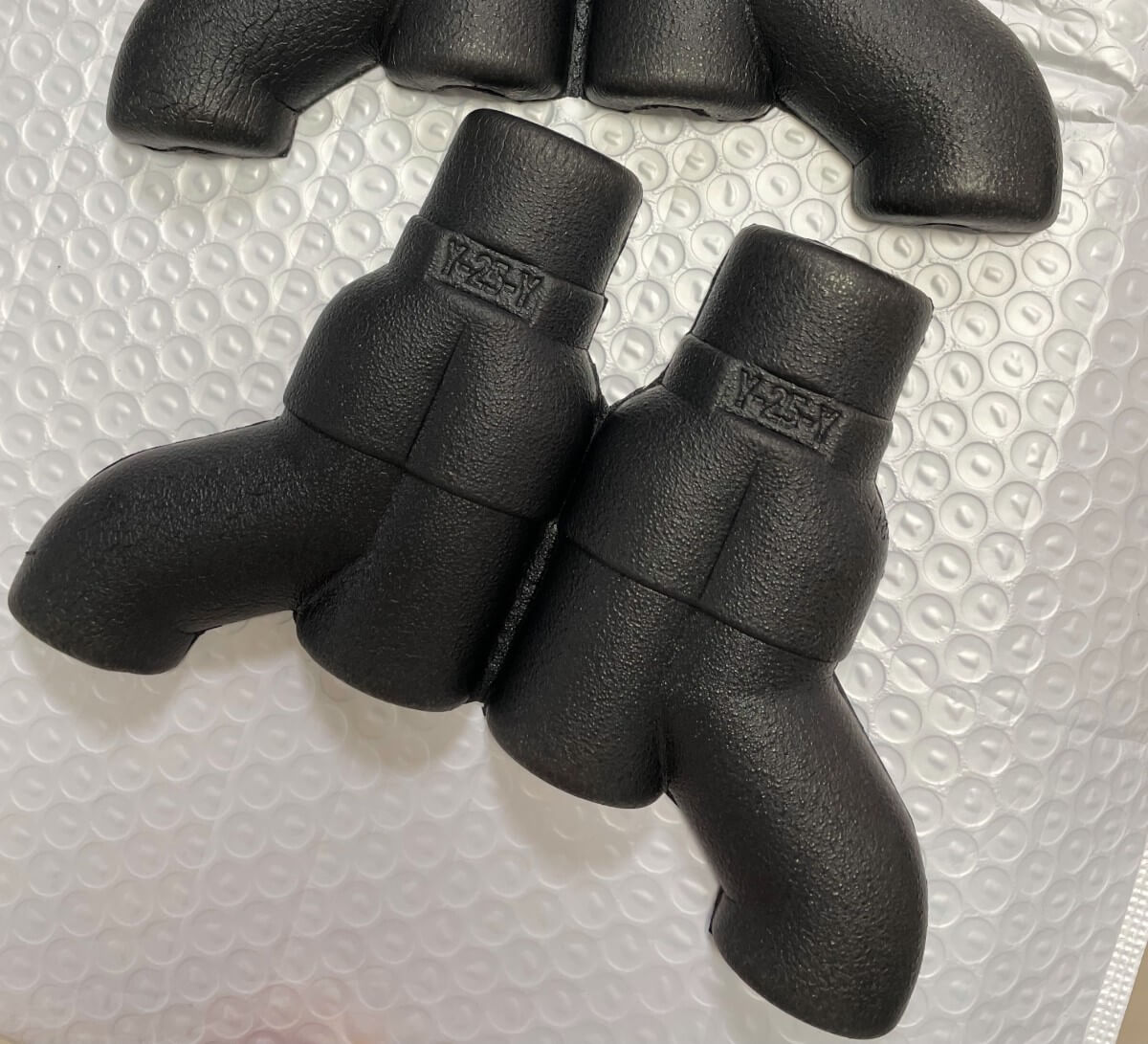
-
Forming: Once pliable, the hot foam sheet is quickly moved over the mold. Several methods can be used:
-
Vacuum Forming: The sheet is draped over the mold, and a vacuum is pulled through small holes in the mold, sucking the sheet down tightly against the mold surface.
-
Pressure Forming6: Air pressure is applied to the top side of the sheet, pushing it firmly into the mold cavity. This can achieve sharper details than vacuum alone.
-
Matched Mold Forming: Two mold halves (male and female) close together with the heated sheet in between, pressing it into shape.
-
-
Cooling: The foam is held against the mold surface until it cools down enough to solidify and permanently retain the molded shape. Cooling can be sped up by air fans or sometimes channels within the mold.
-
Demolding & Trimming7: The formed part is removed from the mold. Because the process starts with a sheet, there's usually excess material around the formed part. This excess, called flash or web, needs to be trimmed off using dies, CNC cutters, or manual methods to get the final product. This trimming step is important to factor into production time and potential material waste. This process works well for simpler PPE padding or protective equipment liners.
What is the difference between thermoforming and injection molding?
Still unsure which process fits your project? Directly comparing them highlights the key trade-offs in cost, design complexity, and suitable materials. Let's contrast them side-by-side.
Injection molding uses melted pellets injected into a closed mold for complex parts (EVA, PU, EPP). Thermoforming uses heated sheets shaped over a simpler mold, better for shell-like parts or surface details (PE, EVA, PU).
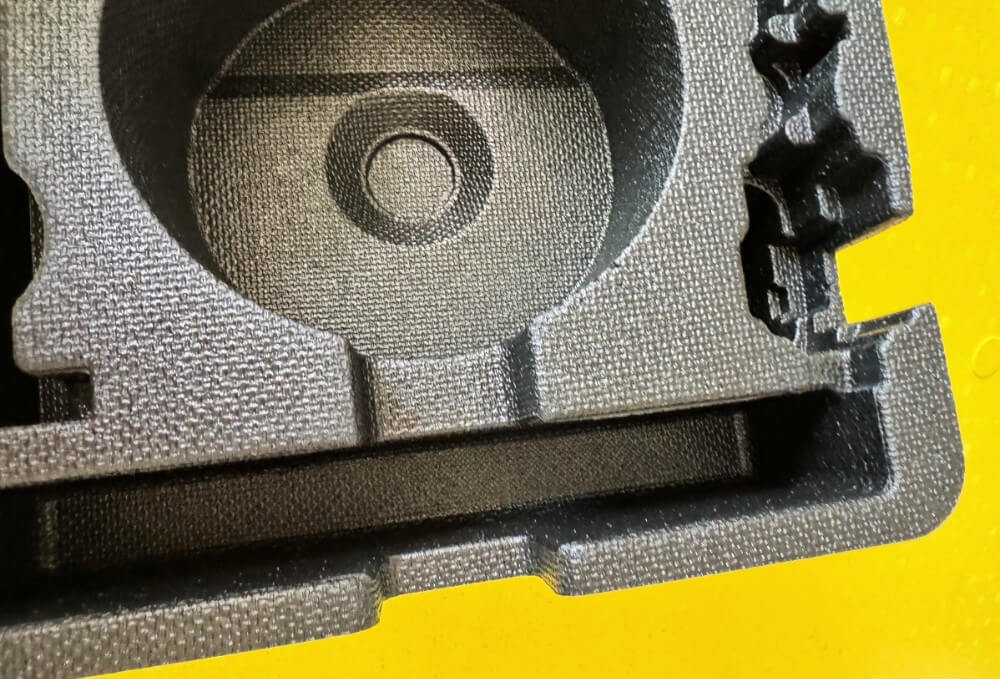
Let's break down the key differences we consider:
| Feature | Foam Injection Molding | Foam Thermoforming |
|---|---|---|
| Starting Material | Pellets (EPP) | Sheets, PU) |
| Part Complexity | High (3D sharying thickness) | Moderate (Shm thickness) |
| Tooling Cost | High (Pel molds) | Lower/Moderate (Often a |
| Typical Volume | Medium to Very High | Low to High |
| Cycle Time | Oftepetenty) | slong stages) |
| Wall Thickness | Controllable, can vary within part | Generally uni |
| Design Freedom | Ver bosses, inserts) | Moderate (limiafts) |
| Surface Finish | Deterurface | allow lamination |
| Material Waste | Minimal ) | Higher (tsheet) |
| Common Materials | EVA, PU, EPP | PE (XPE/IXPE), EVA, PU |
From my experience, foam injection molding really shines when you need intricate, three-dimensional parts with precise features. Think complex helmet foam liners or custom-fit EPP dunnage. The initial tooling investment is higher, but it pays off for complex designs or very high volumes.
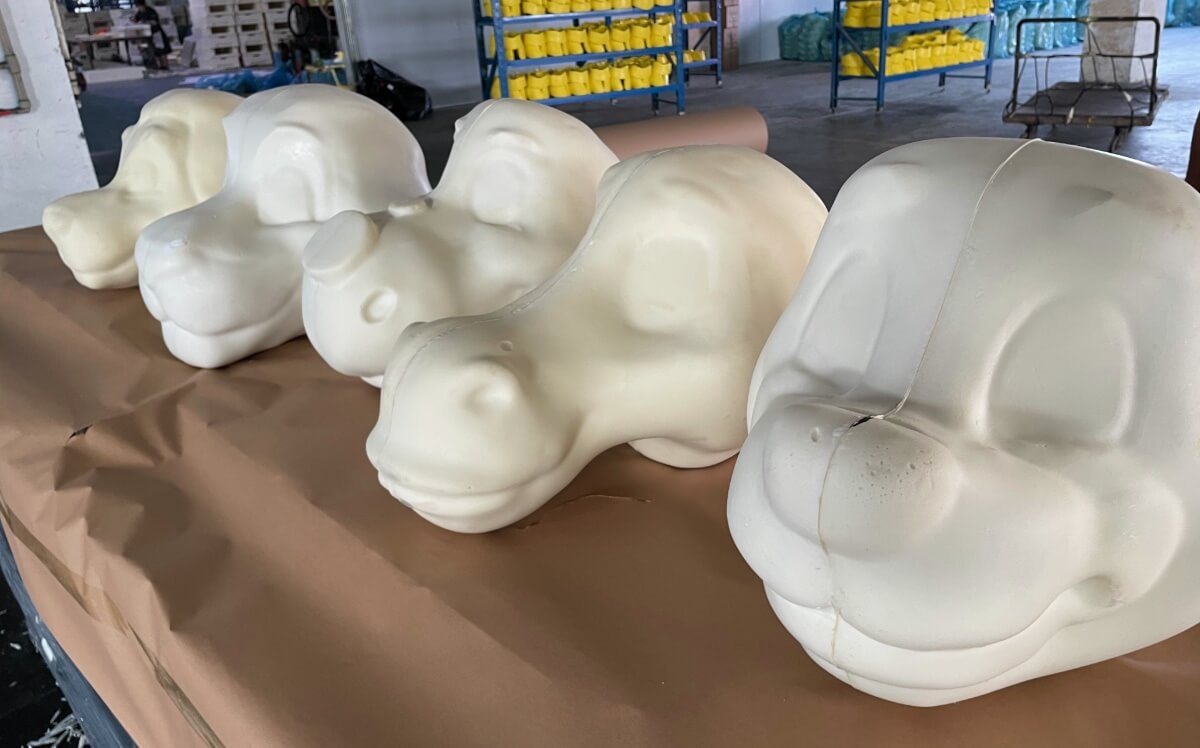
Foam thermoforming is often the better choice when dealing with parts that are more like shaped surfaces or enclosures. It's great for forming PE foam sheets8, which don't lend themselves well to injection molding, or when you want to laminate a fabric layer directly onto the foam during molding. The tooling is typically faster and cheaper to make, making it economical for lower volumes or larger parts where injection molding might be prohibitive. We frequently use thermoforming for case inserts, basic padding, and covers.
Conclusion
Choose injection molding for complex 3D foam parts from EVA, PU, or EPP, despite higher tooling costs. Opt for thermoforming for simpler shapes from PE, EVA, or PU sheets, benefiting from lower initial investment.
-
Exploring EVA's properties can help you understand its suitability for various applications, especially in foam injection molding. ↩
-
Understanding blowing agents is crucial for anyone interested in foam production, as they are key to creating the desired foam structure. ↩
-
Learning about complex geometries can enhance your knowledge of design and production capabilities in modern manufacturing. ↩
-
Discover the various mold tooling types and their importance in achieving precision and quality in injection molding processes. ↩
-
Learn about the function and benefits of acoustic liners in machinery, which can improve sound quality and reduce noise pollution. ↩
-
Learn about Pressure Forming and its advantages for achieving detailed mold shapes in production. ↩
-
Discover the importance of Demolding & Trimming in ensuring quality and efficiency in manufacturing processes. ↩
-
Learn about PE foam sheets and their unique properties that make them suitable for various applications, including thermoforming. ↩

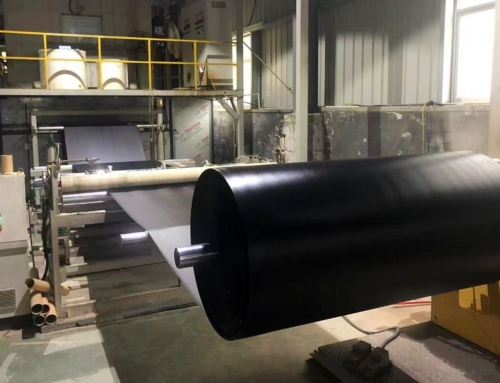
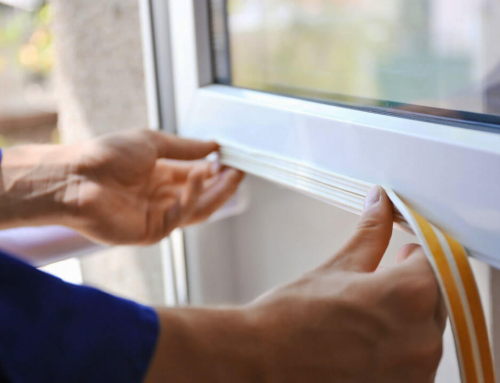

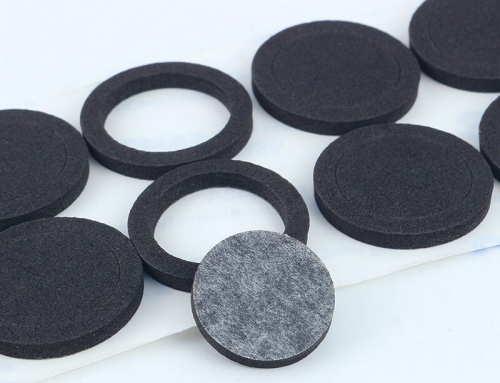
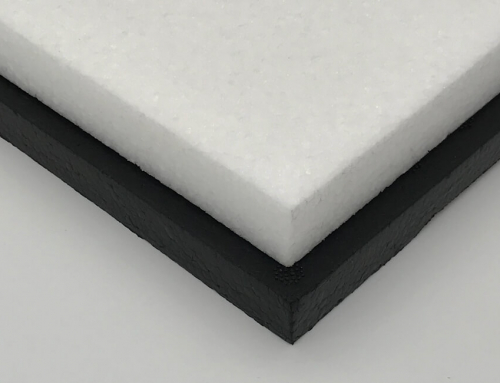
Leave A Comment